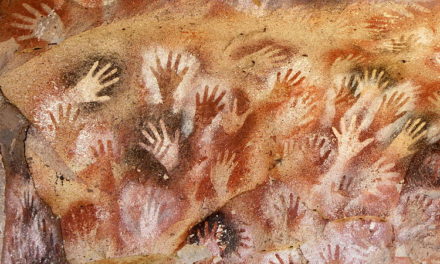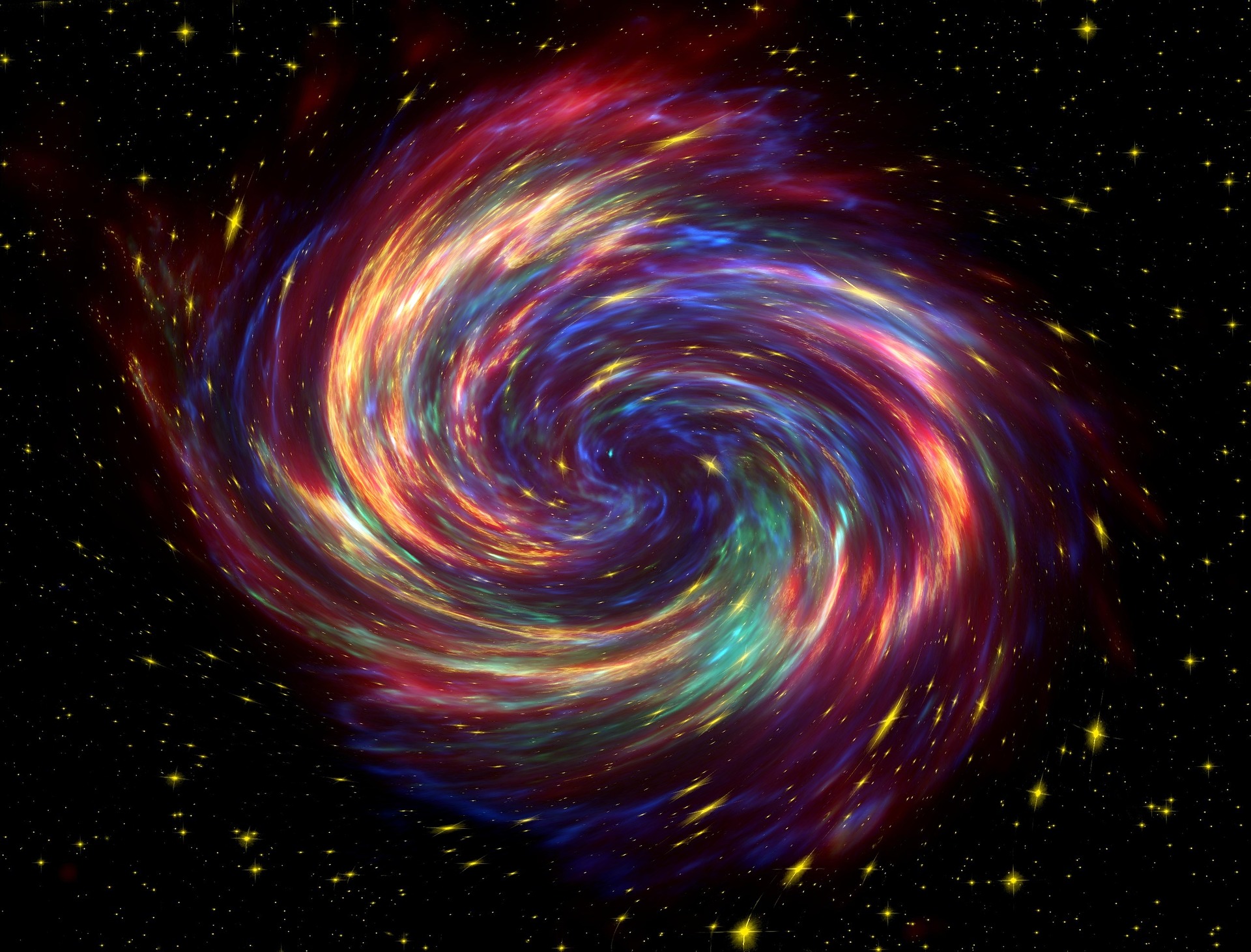Shulamit Elson writes, “Buried within the soul of every human being lies a sacred spark. This spark manifests as our drive to grow and develop spiritually; a drive arising from the core of our being.”
Mysticism and the mystics who practice and teach it have appeared in every human community since time immemorial.
What constitutes mysticism is a matter of some disagreement, but it is indisputable that those who were thought to engage in it have often been stigmatized, or worse.
Today, however, there is a healthy and growing openness towards alternative ways of thinking about life and its challenges; an increased inclination to seek meaning and purpose by expanding our worldview to embrace what can broadly be called mystical thinking.
This is clearly reflected in the fact that meditation and yoga, once the province of “far out” seekers, are now mainstream activities. It is also reflected in an increased appreciation of the efficacy of complementary care medicine, and a growing acceptance that medical intuitives can diagnose illness that may elude traditional doctors.
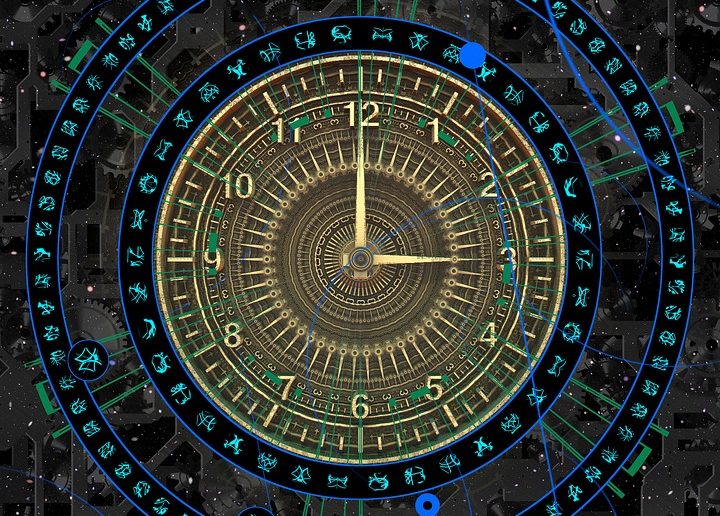 Science itself has contributed to this expanding worldview in its own way. Relativity, quantum mechanics, and superstring theory each offer us a mysterious if not mystical view of the world in which we live. Recent scientific experiments conducted at the Australia National University and written about in the journal Nature Physics even give credence to the mind-bending possibility that, at least at the quantum level, the future can determine the past.
Science itself has contributed to this expanding worldview in its own way. Relativity, quantum mechanics, and superstring theory each offer us a mysterious if not mystical view of the world in which we live. Recent scientific experiments conducted at the Australia National University and written about in the journal Nature Physics even give credence to the mind-bending possibility that, at least at the quantum level, the future can determine the past.
In this time of increased openness to alternative views of reality, there is a growing appreciation of the ability of sound and vibration to open doors to life changing mystical experiences.
Two distinctly different mystical paths, Shamanism and Kabbalah, have long relied on the use of sound to journey back and forth between different realities.
Although Kabbalists and Shamans start from different entry points and journey to very different mystical worlds, they both use sound in a variety of different forms to gain entry to the mystical, and they both understand the power of vibration to unlock the gates to other realms.
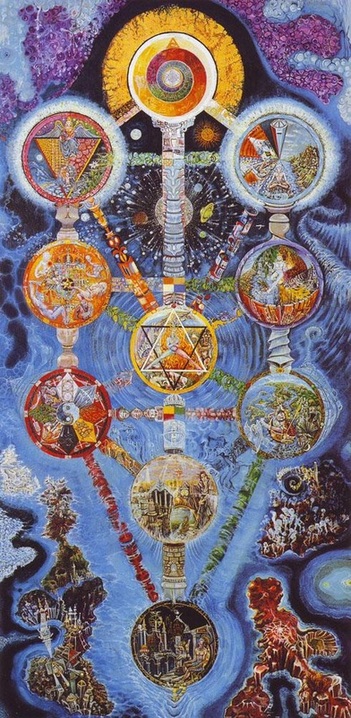 The Kabbalist’s entry point is the view that spiritual awakening takes place right here in the ordinary everyday world of work, play, family, and friends, filled with success and failure, pain and pleasure, companionship and loneliness, triumph and defeat. Starting from this bedrock belief in the primacy of the human experience here on earth, the Kabbalist seeks to bring joy and fulfillment into our everyday lives through an understanding of the mysteries of the universe obtained by accessing the extra-ordinary mystical worlds of creation.
The Kabbalist’s entry point is the view that spiritual awakening takes place right here in the ordinary everyday world of work, play, family, and friends, filled with success and failure, pain and pleasure, companionship and loneliness, triumph and defeat. Starting from this bedrock belief in the primacy of the human experience here on earth, the Kabbalist seeks to bring joy and fulfillment into our everyday lives through an understanding of the mysteries of the universe obtained by accessing the extra-ordinary mystical worlds of creation.
These mystical worlds offer a singular spiritual connection to something greater than ourselves. They serve as a portal to enlightened states of consciousness, which brings profound wisdom that elevates our everyday existence.
Accessing mystical worlds, however, requires concerted effort and preparation. I myself access the mystical worlds of Kabbalah using MediSounds®, a system that I developed over the course of 30 years, based on ancient Kabbalistic writings about the power of sound and vibration dating back to the 1st century. The Medisounds system utilizes a series of sounds made with the human voice, each with a relationship to 10 energy centers that Kabbalists call Sefirot located around 10 different areas of the human body. Using combinations of MediSounds made with my voice, I enter into other worlds to bring back gifts of healing and insight. When I bring others with me to these worlds, it is to help energize one or more of their 10 energy centers that need to be awakened.
a series of sounds made with the human voice, each with a relationship to 10 energy centers that Kabbalists call Sefirot located around 10 different areas of the human body. Using combinations of MediSounds made with my voice, I enter into other worlds to bring back gifts of healing and insight. When I bring others with me to these worlds, it is to help energize one or more of their 10 energy centers that need to be awakened.
All of my journeys to these other worlds follow guidelines written about in ancient biblical literature, most notably found in the words of the prophet Ezekiel. Namely, that the seeker may leave this world to touch other realms in order to gain knowledge and connection, but the instruction from Ezekiel is to “run and return.” In other worlds, the purpose of entering mystical states is not to escape our ordinary lives, but rather to make our ordinary lives extraordinary here on earth.
Thus visits to other worlds must be punctuated by a necessary and timely return to the earthly plane, so as not to lose one’s grounding or one’s mind. The teaching is that the mystical worlds are not our home, and human spiritual progress can only take place here on earth in the vehicle of our physical bodies.
In addition to following Ezekiel’s admonition to “run and return” I also help those who work with me gain self-knowledge through continued meditation on their own behavior through a non-judgmental self-awareness of their thoughts, speech, and actions. This is necessary in order to develop a clear understanding of what is truly in our own best interest. This understanding is an inner compass that serves as a safety net as we enter other realms, since not all that can be found there is benign.
Shamans, on the other hand, have been known to enter prolonged trance states, often using the sound of drumming as well as plant-based chemicals, in order to penetrate the mysteries of other worlds. In this way, over time, the consciousness of Shamans may be infiltrated by the spiritual worlds they visit, with the result that their everyday “normal” perceptions are altered; rather intriguing, but not something Kabbalists normally seek.
Traditionally associated with indigenous cultures, it is often said that the Shaman uses sound and vibration to create internal and external harmony with all creation, and a state of oneness with the spirit realm. The treasures Shamans bring back from the other worlds vary, but include prophetic insights, an understanding of the causes of specific illnesses, and the ability to subdue malevolent forces.
I have often wondered whether I would have been a Shaman myself had I been born into an indigenous culture. But instead I was born into an Orthodox Jewish family in Brooklyn New York and given a rigorous education in Hebrew and English studies, with a strong grounding in biblical teachings. While there was real wisdom in these religious teachings, much of which I only came to appreciate later in life, my teenage years brought a growing determination to explore the world outside the strict confines of Orthodox Judaism.
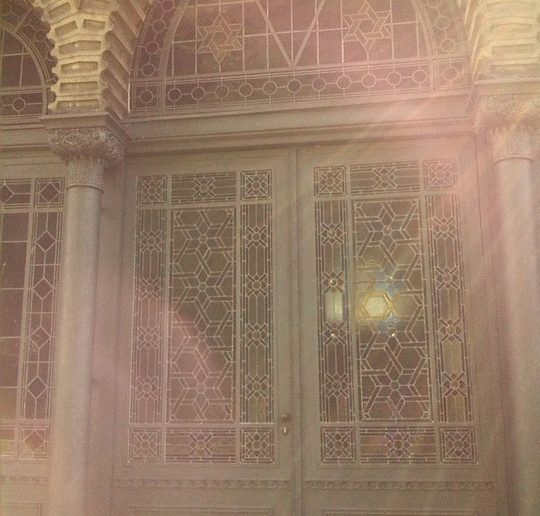
To that end, I left home at a rather early age and eventually moved to Paris. I also moved very quickly to abandon my previous religious practices and in France plunged head first into the bohemian world of French cafes, “starving” artists, night clubs, and the writings of Albert Camus, Jean-Paul Sartre, and Simone de Beauvoir.
It was a brave new world, and in rather short order I fell flat on my face. A succession of personal setbacks, the sudden death of my father, and a disappointing love relationship culminated in my being diagnosed with a terminal autoimmune disease affecting my kidneys.
Despite intervention with the best drugs available at the time, my medical condition did not improve. Back in New York, the head of the Nephrology Department at NYU hospital told me that, based on his biopsy of my kidneys, he had never known any patient with my profile to recover. He did not pull punches; no drug would be of use and an early death was my most probable end.
A year later, I had a complete spontaneous remission, more precisely a miracle, and never suffered from that illness again. That was 50 years ago.
The year before this miracle occurred, however, was to change my life forever. The prognosis from the NYU doctor triggered an almost immediate realization that there was something about how I was living that was fake and even pretentious. How I was acting had no relationship to my authentic inner life. Specifically, I realized that I had been hiding my yearnings for God from myself and certainly from others.
While this yearning did not take full form during this year, it grew more and more central to my being. As a result, it was waiting for me in full force on the other side of my miracle — where it has driven me every day since.
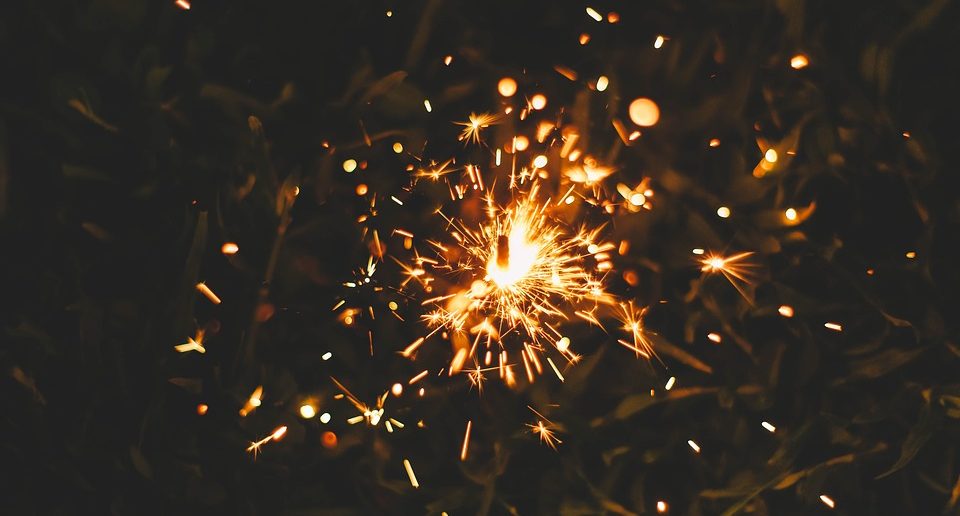
Initially, after my return to health, I was suffused with a vibrant physical sense of aliveness, and I often felt that I could actually feel the blood coursing through my veins. More importantly, the ordeal of my illness and recovery led me to an admission that my soul had its own plans for me, and that my life needed to be dedicated to something more than the material success I was working hard to achieve.
In the days and months ahead, I maintained a stumbling search, lurching toward clarity. While my early religious training grounded and sustained me, it did not offer a path forward. Not being inclined towards gurus, I was forced to set out on my own and I delved into a number of different established spiritual traditions, but made no progress. Stubbornly, I kept looking.
As some point, I came upon a little paperback called The Relaxation Response written by a Harvard trained doctor, which taught a meditative technique aimed at helping patients reduce stress. Its simple methodology, happily and surprisingly, put me rapidly into a meditative state. And then, as by-product of my quieter mind, I began to have visions that brought me into a state of great joy, and which highlighted for me the rather dreary level of my ordinary state of consciousness. These visions did not last more than a few minutes, and I was not in control of when they began or ended. When they did end, however, so did the extreme state of joy they imparted to me. The dissonance between that joy and my normal state can only be described as earth-shattering.
As one might expect, I wanted that joyous state as a permanent feature of my everyday life. At that point, however, it was not in my power to achieve. Obviously, if I wanted to access this extraordinary state on my own terms I would have to work for it.
During these visionary states, an unexpected development occurred. I began to hear and then myself produce sounds with my voice. I had no idea what the point of these wordless sounds were, but they came to me with a compelling demand to be vocalized. I was mystified, awestruck, frightened, and completely entranced. The vibrational tones I began to make had no discernible meaning, but their power was undeniable. Rather quickly I discovered that making the sounds actually produced in me an altered state and served as an entryway into other worlds. I could now call the visions to me; visions of angels and wisdom teachers, of sacred birds, and animals, all of which made a huge change in my mood and psyche. The improvement was so great, the nectar so sweet, that I never tired of it.
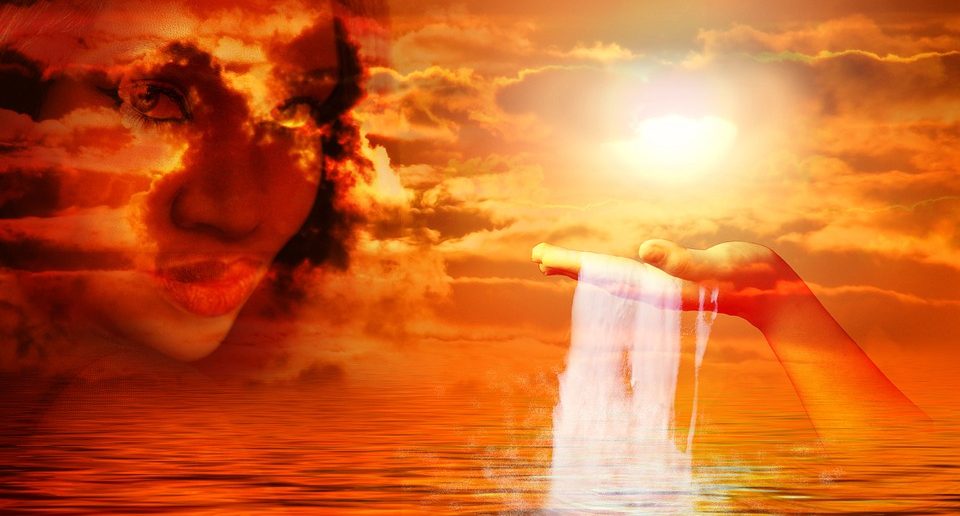
The sounds that I made not only brought me into other worlds, they also opened a window by which I could look below the surface appearance of individuals and quickly access their core issues, and then use the sounds to help and heal. As time passed I gained confidence, gradually using the sounds with friends and later with clients.
Then in early 2004, on a trip to the Holy Land, a biblical scholar told me about a book called The Book of the Vowel Points, written in the 13th century by Rabbi Joseph Gikatilla. In that book I found profound teachings giving a detailed explanation of the relationship of sound and vibration to the human body’s energy centers. This grounding gave my work a structure that eventually developed into the MediSounds process.
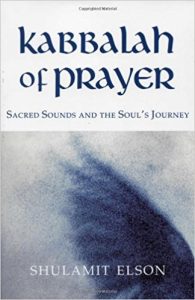 Gikatilla’s writings also gave me the impetus to write my own book Kabbalah of Prayer ~ Sacred Sounds and the Soul’s Journey. It is in this book that I put into words perhaps one of the most important wisdom teachings I can share. In the final analysis, it is the most important reason to remain open to the mystical aspects of life and to continually search for connection to that which is greater than ourselves:
Gikatilla’s writings also gave me the impetus to write my own book Kabbalah of Prayer ~ Sacred Sounds and the Soul’s Journey. It is in this book that I put into words perhaps one of the most important wisdom teachings I can share. In the final analysis, it is the most important reason to remain open to the mystical aspects of life and to continually search for connection to that which is greater than ourselves:
“Buried within the soul of every human being lies a sacred spark. This spark manifests as our drive to grow and develop spiritually; a drive arising from the core of our being.
The ground of this driving force lies in the memory of our original state of oneness with God. Deep within the soul of each of us is the knowledge that before birth we are united with the Holy One and that, despite the appearance of duality and separation here on earth, this state of oneness is our birthright.
Most of us first experience our spiritual drive as a deep yearning; a gnawing sense of incompleteness, a recognition that something we cannot name, and can’t be sure exists, is missing from our lives. This yearning can continue unabated for years while we busily occupy ourselves with the rewards and sorrows of the everyday. The result is a deep subterranean sadness.
The intensity of spiritual yearning varies from person to person, yet all know something of its pull.”
—From Kabbalah and Prayer.



